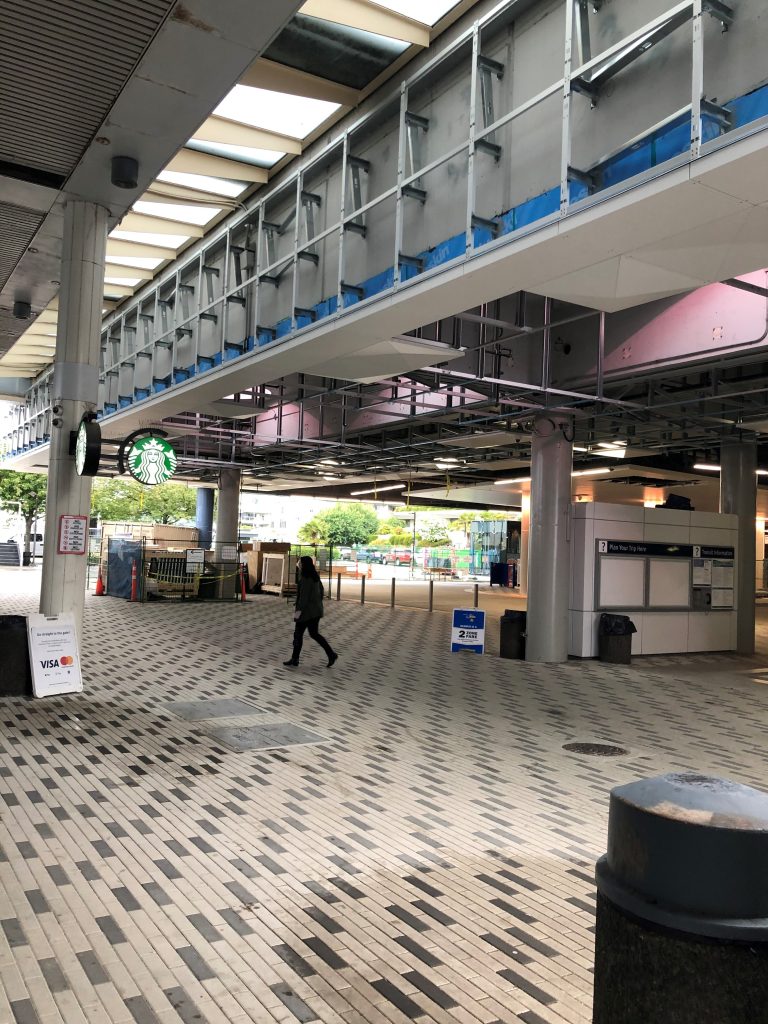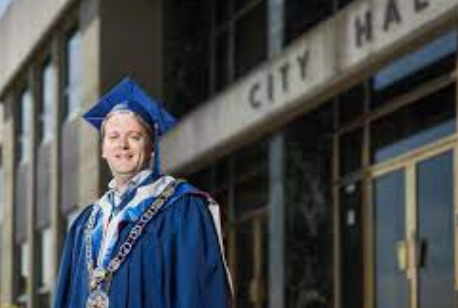 One of the so-sad consequences of the pandemic is the loss of momentum immediately experienced by TransLink. And not just with the reverse of the quite stunning increase in passengers. (Said CEO Kevin Desmand in September of 2019: ““If this trend continues … then over the four-year period from 2016 to 2019, we would have seen a 20% growth in overall ridership. It is pretty astonishing.”)
One of the so-sad consequences of the pandemic is the loss of momentum immediately experienced by TransLink. And not just with the reverse of the quite stunning increase in passengers. (Said CEO Kevin Desmand in September of 2019: ““If this trend continues … then over the four-year period from 2016 to 2019, we would have seen a 20% growth in overall ridership. It is pretty astonishing.”)
By March, an 80 percent drop.
But it’s not just in ridership where the momentum has been lost. TransLink was in the process of delivering on its 10-year Plan, with significant increases in rolling stock, frequency, new routes and upgrades in its facilities. (Like this PT report on Joyce-Collingwood Station.) Much is still going ahead, like the rolling out of the Rapidbus routes. But, on the North Shore, the R2 line literally started just as we all went into lock-down. I took it shortly after it started – one of only two passengers for a good part of the trip (right).
Progress continues. And one of the places where changes will be the most welcome is one of the most dismal transit exchanges in the system. Dark, dank and polluted from diesel, it sits under the ICBC headquarters adjacent to Seabus at Lonsdale Quay. Convenient but unpleasant.
Well, that’s changing – as these pictures from CNV Councillor Tony Valente reveal:
As Daily Scot would point out – a lot of grey. But alleviated by LED lighting overhead:
Tony tells us that there’s more to come. All it will need is a lot more passengers.














What about the diesel? That is the only thing that absolutely needs to change, but not considered. What one wonders though is, if there is indeed a future for moving masses of people on a daily basis anyway. It sure would be smarter to have totally wired and complete neighbourhoods everywhere, rather than regional job cores surrounded by a tangled means of getting from home to work and back again. Let’s bring an end to the commute. Work from home or just across the street and no farther than a short walk.
The Lonsdale Quay exchange is about so much more than commuting. It is a destination in its own right but also an important connection to the North Shore mountains, canyons and major parks. Snow sports, hiking, biking and Lonsdale Avenue is one of the better commercial streets in the region too. The SeaBus and all of what the North Shore has to offer is a major tourist draw too.
And while the new normal will likely keep a lot of people working from home, a lot will also want to get back to the social environment of common work spaces. Let’s hope that reduces MV traffic more than transit. In fact, policies should be put in place to ensure it.
Meanwhile TransLink does have a goal to electrify the entire fleet with battery electric buses. The long time line is unfortunate but I’d assume the roll out will be concentrated by area and there’s reason to think the North Shore might be early in the plan. Electric motors have way more torque for the all the big hills and big hills get those diesels spewing particulates more than typical routes. With major development and population growth in the City of NV (as opposed the laggard District), air quality should be a major consideration. And it is a sub region with clearly defined boundaries that might make it attractive as place to focus.
But who knows, there must be a lot of factors. In any case, if I was to bet, I think TransLink will find themselves advancing that thirty year roll out once they get started. I’d wager EVs are going to become so cost effective over the next decade it would be foolish not to.
Without commuters the city core (downtown) could become much more animated on the ground plain, especially if more space (city owned streets and parks) can be used to support social, recreational and mercantile activities which can be connected by pedestrian walkways / bicycle lanes, and pickle boats, while at the same time eliminating street parking, reducing car travel lanes and only permitting small electric vehicles for use in the downtown core.
One of the new industries on the False Creek Flats could be the assembly of electrics.
If we move our social activities into the public realm because of the two-meter rule, then we can design new temporary tensile structures spanning small and large areas, big space with lots of fresh air, open sides and bright colours, covered shopping streets. We can re-imagine and remake the city without car domination. Maybe we will even have less of an inclination to flee the city for some country recreation. Maybe we can recapture the glitz of past expositions.